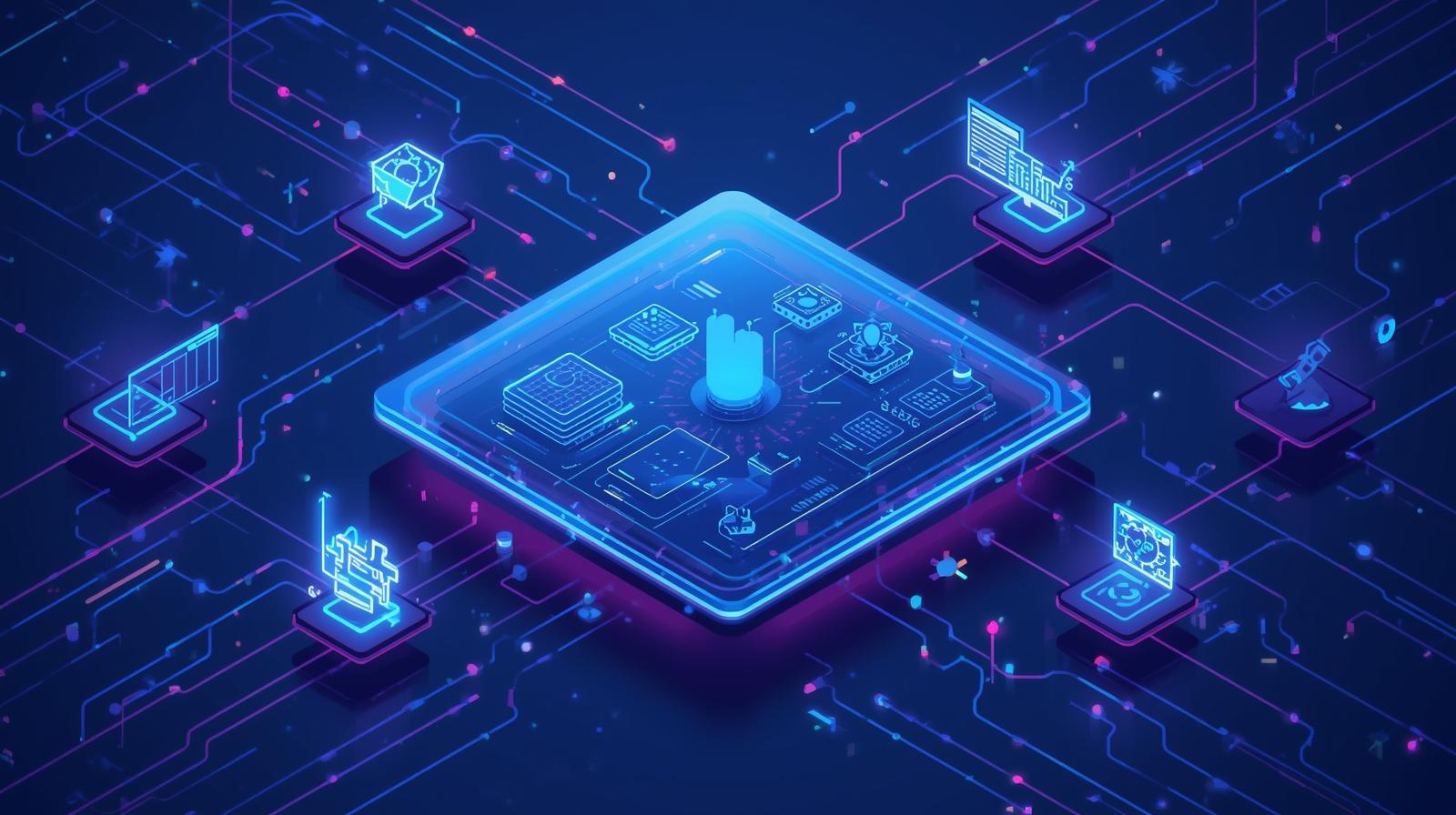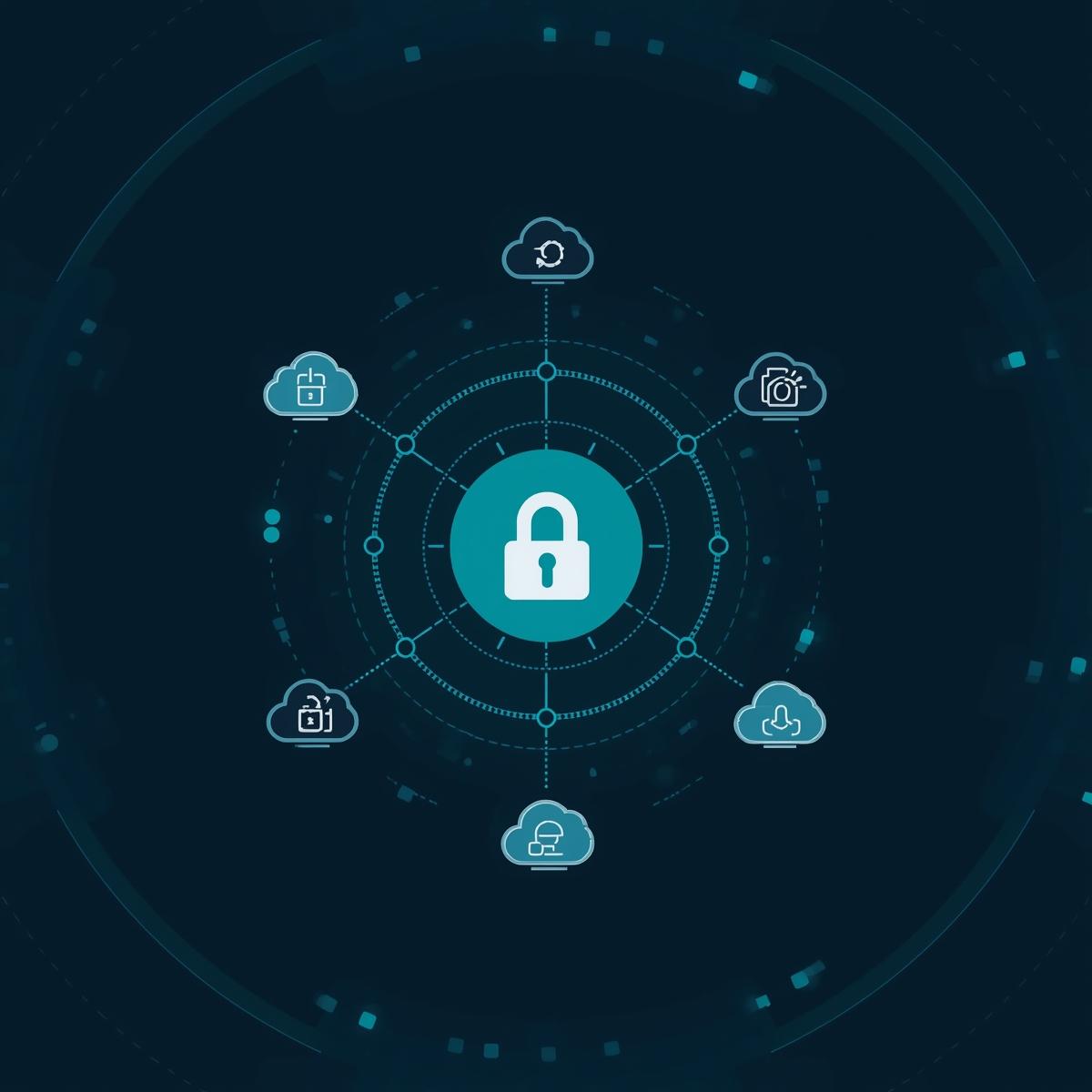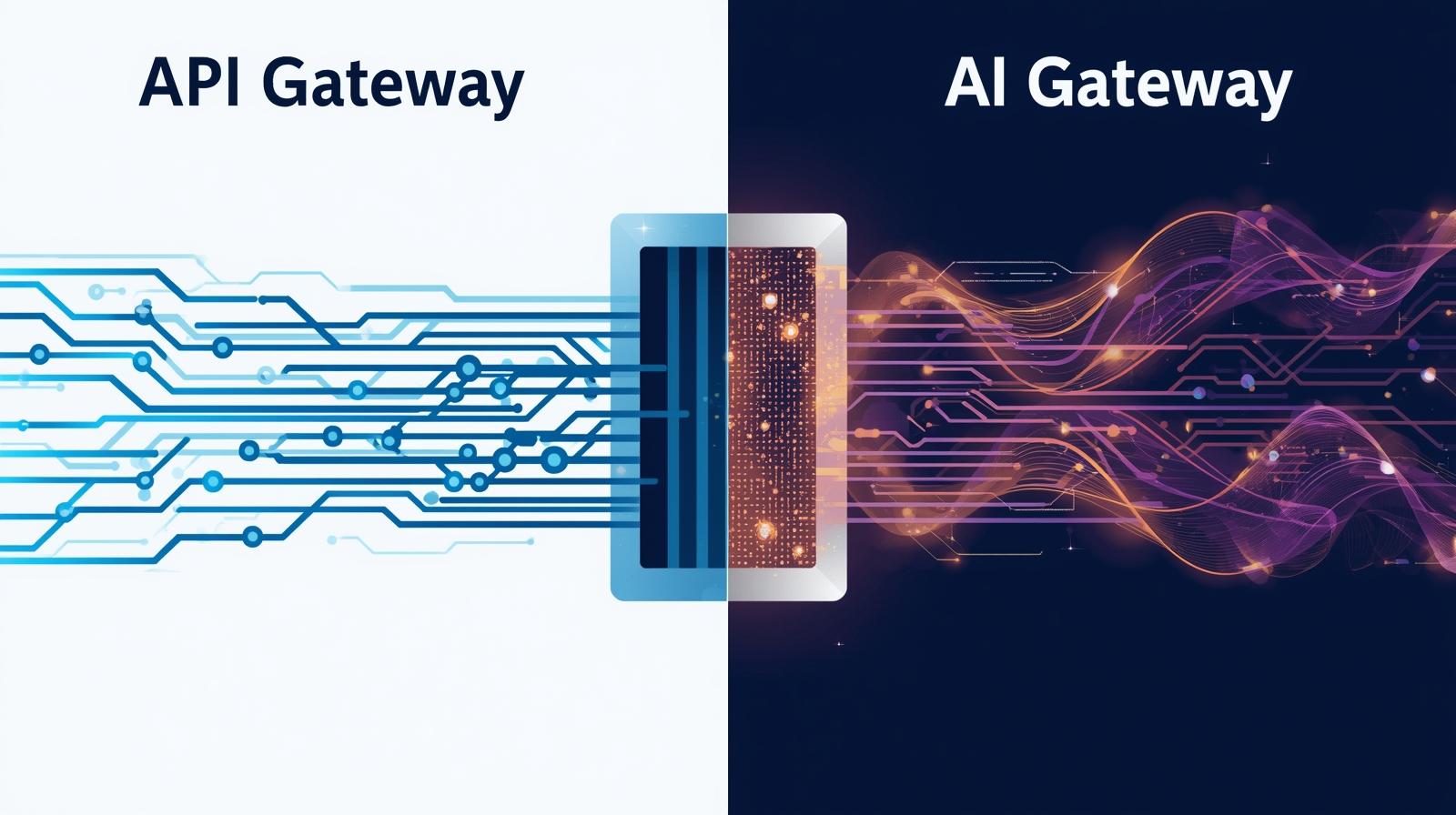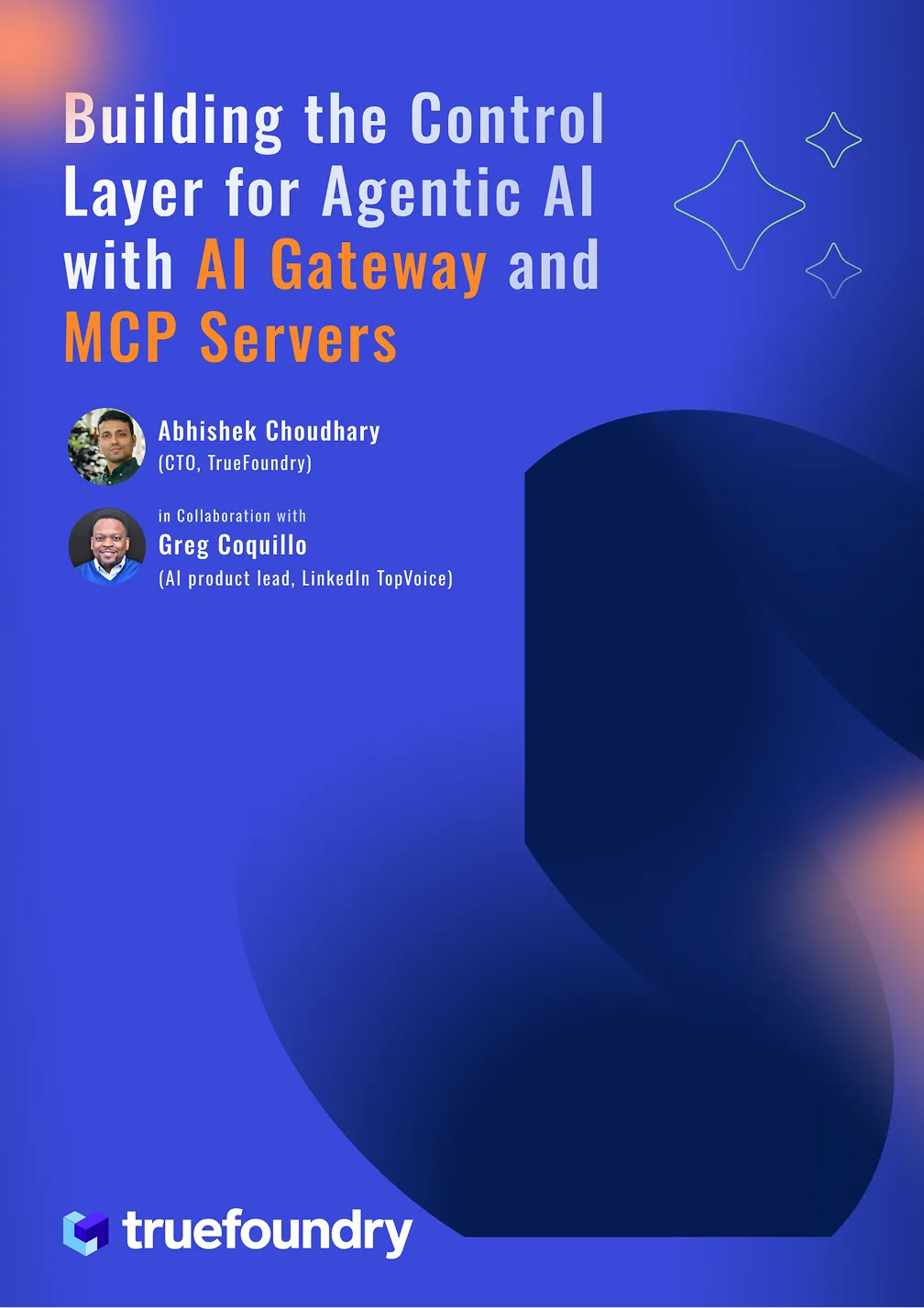MCP vs RAG : Know The Key Differences
Modern LLM applications thrive on context, but not all context is created equal. While Retrieval-Augmented Generation (RAG) empowers models to access static knowledge like documents and manuals, it falls short when real-time, structured data is needed. Enter Model Context Protocol (MCP), a protocol that lets LLMs securely query live APIs and databases on demand. Choosing between RAG, MCP, or a hybrid of both depends on your use case. In this blog, we’ll break down both approaches, compare them, and explore how TrueFoundry enables scalable, production-grade implementation of RAG, MCP, or both, backed by observability, governance, and modular design.
What is Retrieval-Augmented Generation (RAG)?
Retrieval-Augmented Generation (RAG) is a technique that enhances the output of large language models (LLMs) by grounding responses in external data sources. Instead of relying solely on the model’s pre-trained knowledge, RAG systems fetch relevant content, typically from a vector database, based on the user’s query and pass that content into the prompt for the LLM to generate an informed response.
This approach is ideal when your knowledge base is extensive, changes occasionally, and consists of unstructured documents like PDFs, blogs, FAQs, or internal wikis. A typical RAG pipeline involves:
- Data Ingestion: Documents are parsed and chunked.
- Embedding: Each chunk is converted into a vector using an embedding model.
- Indexing: Vectors are stored in a searchable database (e.g., Qdrant, MongoDB Atlas).
- Retrieval: At query time, the top-k relevant chunks are retrieved based on semantic similarity.
- Generation: The LLM receives the original prompt along with the retrieved-context to produce a grounded, accurate response.
On TrueFoundry, this is implemented through Cognita, a modular, open-source framework purpose-built for production-grade RAG systems. Cognita supports multiple embedding models, vector stores, rerankers, and LLM backends. It also includes a user-friendly UI for uploading documents, managing collections, and running queries, making it accessible for technical and non-technical teams alike.
Cognita integrates natively with TrueFoundry’s AI Gateway, giving you full observability into latency, retrieval quality, prompt versions, and token usage. It’s designed to run locally via Docker or scale seamlessly across cloud and Kubernetes environments.
In essence, RAG is the best approach when you need your LLM to stay aligned with a corpus of reliable but relatively static information, and TrueFoundry makes this both easy to build and safe to operate at scale.
What is Model Context Protocol (MCP)?
Model Context Protocol (MCP) is a protocol that allows LLMs to securely access live, structured, and often sensitive data, without requiring it to be pre-embedded or stored in a vector database. Instead of retrieving context from static documents, the LLM invokes tools, APIs, databases, or SaaS services at runtime to fetch fresh and relevant information.
This is essential for use cases where data changes frequently or must be fetched per user request. Examples include:
- Pulling current metrics from a BigQuery dashboard.
- Fetching a customer’s recent order from a PostgreSQL database.
- Querying Slack or Zendesk tickets in real-time.
On TrueFoundry, MCP is implemented via two components:
- MCP Server – where you define tool interfaces using simple input/output schemas.
- MCP Gateway – which handles secure tool discovery, OAuth2 authentication, RBAC, and token handling.
The LLM interacts with these tools using tool-calling APIs through the AI Gateway, TrueFoundry’s unified LLM interface. Tools are exposed using Streamable HTTP or OpenAI-compatible schemas. This setup ensures no data is pre-processed or leaked, and each query is contextually executed in real-time.
MCP is particularly useful when embedding isn’t feasible, such as financial data, user PII, or operational metrics that change rapidly. TrueFoundry’s implementation supports:
- Granular access control (via scopes, OAuth2, RBAC).
- Enterprise integrations (Okta, Azure AD, custom IDPs).
- Auditability and monitoring through the AI Gateway.
Unlike traditional RAG pipelines that rely on vector similarity, MCP pipelines allow deterministic, query-driven context injection, a powerful capability for compliance-heavy or real-time applications.
In summary, MCP enables your LLMs to become data-aware agents, capable of querying the right tool at the right time to generate accurate, current, and secure responses.
RAG vs MCP: Core Differences
While both RAG and MCP enrich LLM responses with external context, they are fundamentally different in how they retrieve and deliver that context. RAG focuses on unstructured, static data retrieval, whereas MCP is optimized for structured, real-time data access. Choosing the right approach depends on the nature of your data, the freshness requirements, and the complexity of your system.
Here’s a side-by-side breakdown:
On TrueFoundry, these two systems are not mutually exclusive; they are designed to work together. You can use Cognita for static document retrieval and MCP for injecting real-time signals (like a user’s current subscription status or open support tickets).
For example, a customer support assistant could pull product troubleshooting steps from a knowledge base (RAG) and also retrieve the customer’s current service level agreement (via MCP). This hybrid context model results in more relevant, personalized, and up-to-date responses.
Understanding these core differences helps you design systems that balance accuracy, recency, and security, key pillars of any production-grade LLM application.
How RAG and MCP Work Together on TrueFoundry
While RAG and MCP serve different roles, combining them creates a powerful, hybrid context pipeline, one that balances long-term knowledge with real-time precision. TrueFoundry is uniquely designed to support this integration natively, allowing both static and dynamic context to flow into the same LLM invocation with full observability and control.
Let’s break down how this works:
- Document Retrieval with Cognita (RAG)

TrueFoundry’s Cognita pipeline ingests documents from various sources (PDFs, URLs, GitHub, Notion), parses and chunks them, then generates embeddings for vector storage (MongoDB Atlas, Qdrant, or Chroma). At query time, relevant chunks are retrieved using semantic similarity and prepared for context injection.
- Live Data Access with MCP Gateway

In parallel, the same prompt can trigger one or more MCP tools, registered APIs, or internal services that return structured, real-time responses. These tools are securely managed through TrueFoundry’s MCP Gateway, which handles OAuth2, RBAC, rate limits, and audit logging.
- Unified Prompt Assembly via AI Gateway
TrueFoundry’s AI Gateway orchestrates the LLM call by combining vector search results from Cognita and live tool responses from MCP into a single structured prompt. This hybrid prompt is then sent to the LLM (OpenAI, Ollama, Hugging Face, etc.) for generation. - Observability and Governance
Every step from retrieval and tool calls to generation is logged, monitored, and available for audit. You can trace token usage, latency per module, and even prompt-level performance.
The result is a context pipeline that’s both static-aware and state-aware, ideal for use cases like support agents, enterprise copilots, and analytics assistants that require both archived and real-time information.
With TrueFoundry, building this hybrid system doesn’t require stitching together tools manually. Everything, from ingestion to inference, is modular, secure, and production-ready by design.
TrueFoundry’s Unique Capabilities
TrueFoundry provides a unified platform for building, securing, and scaling LLM applications with both static and real-time context. By combining Cognita, MCP, and the AI Gateway, it enables modular, observable, and production-ready LLM systems out of the box.
Modular RAG with Cognita

TrueFoundry’s RAG framework, Cognita, provides a modular and production-grade approach to retrieval-augmented generation. Unlike academic or narrowly scoped RAG implementations, Cognita is designed to be flexible and extensible, making it suitable for both prototyping and enterprise deployment. It supports ingestion of content from various sources such as PDFs, websites, GitHub repositories, and internal wikis. Once ingested, the content is parsed, chunked, and embedded using customizable models before being stored in vector databases like Qdrant, Chroma, or MongoDB Atlas. Cognita provides a built-in UI for managing collections, evaluating retrieval quality, and testing prompt responses. It is deployable both locally using Docker and at scale via Kubernetes, which aligns with TrueFoundry’s broader infrastructure goals of enabling portable, cloud-agnostic LLM systems.
Secure Real-Time Data Access via MCP

To support scenarios where data cannot be pre-embedded, such as frequently updated metrics or sensitive user-specific records, TrueFoundry introduces the Model Context Protocol (MCP) framework. MCP consists of two components: the MCP Server, where developers define callable tools using input/output schemas, and the MCP Gateway, which handles secure registration, OAuth2 authentication, access control, and usage enforcement. Tools can represent APIs, SQL endpoints, SaaS connectors, or custom microservices. The MCP layer enables LLMs to fetch live, structured data on demand while ensuring security and governance through enterprise protocols. Since the actual data never needs to be indexed or stored in vector form, MCP is ideal for use cases in regulated industries or environments with dynamic operational data.
Orchestration and Observability with AI Gateway

All model interactions in TrueFoundry are routed through the AI Gateway, which acts as the unified orchestration layer for both RAG and MCP-based systems. The gateway supports integration with multiple LLM providers such as OpenAI, Hugging Face, Ollama, and Mistral. It enables advanced features like dynamic prompt assembly, cost and token usage tracking, latency monitoring, and prompt versioning. Whether an LLM call includes retrieved chunks from Cognita or tool outputs from MCP, the AI Gateway ensures a unified, observable interface with robust logging, rate limiting, and error handling. This centralized control plane makes it easier for teams to debug flows, analyze performance, and ensure compliance, regardless of scale or complexity.
When to Use RAG, MCP, or Both
Choosing between RAG, MCP, or a hybrid approach depends entirely on the nature of your data, the freshness requirements of your application, and the types of queries you expect users to make. Each method brings unique strengths to LLM workflows, and TrueFoundry is purpose-built to help you orchestrate either or both seamlessly.
RAG is the preferred approach when the context is mostly unstructured and relatively static. If your application relies on internal knowledge bases, documentation, onboarding guides, or research reports, RAG allows you to ground model outputs in trusted sources without retraining or fine-tuning. The vector database enables semantic search, and TrueFoundry’s Cognita makes it easy to ingest, index, and retrieve content from a wide range of formats. For customer support bots, policy lookup tools, or training assistants, RAG alone may be sufficient.
On the other hand, MCP is ideal when your application needs to respond with real-time, user-specific, or operational data. If your users are asking questions like “What’s the latest ticket status?” or “What is my current plan usage?”, pre-embedded documents won’t help. Here, MCP allows the model to call registered tools such as internal APIs or databases, and inject live, structured responses into the generation pipeline. TrueFoundry’s MCP Gateway handles all the security, authentication, and logging required to do this safely in production.
In most real-world applications, using both RAG and MCP together provides the best of both worlds. RAG handles background context and general reference knowledge, while MCP supplies up-to-date facts that change frequently or require access control. With TrueFoundry’s AI Gateway, both forms of context can be unified into a single prompt with full observability, enabling more accurate, personalized, and enterprise-grade LLM experiences.
Benefits of Using MCP + RAG with TrueFoundry
Combining MCP and RAG on TrueFoundry delivers a powerful and flexible architecture for LLM applications that require both foundational knowledge and real-time, dynamic data. This hybrid approach allows you to ground model responses in long-term documentation while simultaneously injecting fresh, personalized insights from live APIs or databases, all in a single inference flow.
TrueFoundry’s platform ensures this integration is seamless and secure. With Cognita, you can manage and iterate on document-based retrieval pipelines effortlessly. Through the MCP Gateway, you can expose and govern tool access using OAuth2, RBAC, and scoped permissions. And with AI Gateway, you gain unified monitoring, prompt versioning, token tracking, and latency observability across both systems.
This composability and transparency make TrueFoundry ideal for building enterprise-grade assistants, copilots, and intelligent agents that are reliable, compliant, and contextually aware, no matter how complex or dynamic the underlying data may be.
Conclusion
As LLM applications mature, delivering accurate, relevant, and trustworthy responses requires more than just pre-trained intelligence; it demands real context. Retrieval-Augmented Generation (RAG) and Model Context Protocol (MCP) offer two complementary paths to achieve this. RAG excels at grounding responses in static, unstructured knowledge, while MCP enables secure, real-time access to structured, dynamic data. With TrueFoundry’s integrated stack, Cognita for RAG, MCP Gateway for live tools, and AI Gateway for orchestration, you can build context-rich systems that are modular, secure, and production-ready. Whether you choose RAG, MCP, or both, TrueFoundry gives you the infrastructure to scale with confidence.
Frequently Asked Questions (FAQs)
1. What’s the key difference between RAG and MCP?
RAG retrieves static, unstructured data from documents using vector search. MCP enables live, structured data retrieval via APIs and tools. RAG is ideal for general knowledge, while MCP is best for real-time, query-specific information like dashboards, CRM records, or user-specific metrics.
2. Can I use both RAG and MCP together?
Yes. TrueFoundry allows seamless integration of RAG and MCP in a single pipeline. You can retrieve background knowledge via Cognita (RAG) and inject real-time data via MCP tools. This hybrid approach supports more accurate, personalized, and context-aware responses in production environments.
3. Is MCP secure for accessing sensitive enterprise data?
Absolutely. MCP uses OAuth2, RBAC, scoped permissions, and optional VPC deployment. Sensitive data never needs to be embedded or exposed. TrueFoundry’s AI Gateway ensures every tool call is auditable, rate-limited, and access-controlled to meet enterprise compliance requirements.
4. What are the deployment options for TrueFoundry?
TrueFoundry supports flexible deployment: fully managed SaaS, self-hosted on Kubernetes, or air-gapped environments. Cognita and MCP can be deployed locally via Docker or orchestrated across cloud environments using TF’s Kubernetes-native control plane, making it suitable for startups and enterprises alike.
5. Which vector stores and models does Cognita support?
Cognita integrates with vector stores like Qdrant, Chroma, and MongoDB Atlas. It supports embedding models and LLMs from providers such as OpenAI, Hugging Face, Ollama, and Mistral. You can swap components modularly and monitor everything via TrueFoundry’s AI Gateway.
Built for Speed: ~10ms Latency, Even Under Load
Blazingly fast way to build, track and deploy your models!
- Handles 350+ RPS on just 1 vCPU — no tuning needed
- Production-ready with full enterprise support
TrueFoundry AI Gateway delivers ~3–4 ms latency, handles 350+ RPS on 1 vCPU, scales horizontally with ease, and is production-ready, while LiteLLM suffers from high latency, struggles beyond moderate RPS, lacks built-in scaling, and is best for light or prototype workloads.


















